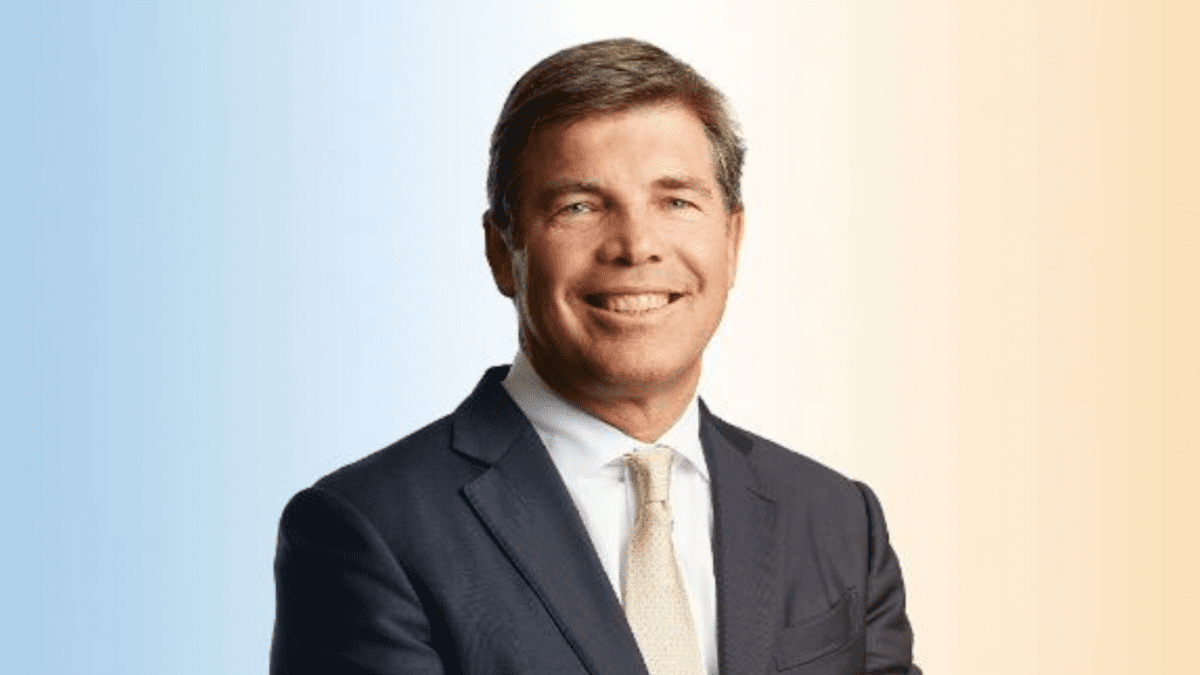Senior secured loans may offer investors an opportunity to capitalise on rising rates
Interest rates are rising both here and abroad and having a dynamic impact on mortgages, credit and housing prices. To take advantage of rate movements, some investors are diversifying into private loans which offer access to senior secured loans in the US and UK/Europe.
Speaking at The Inside Network‘s Income & Defensive Assets Symposium, Invesco’s head of investment strategy, Ashley O’Connor, gave investors insight into the thriving US$1.8 trillion senior secured loan market.
“Senior secured loans are loans to corporates in the US and Europe. And as the name suggests they are ‘senior’, meaning they are at the top of the capital structure, and ‘secured’ meaning they are backed by the assets of the business,” O’Connor explained.
“In terms of the loan element, the feature is that it’s ‘floating’ rate which means income rises as interest rates rise. In terms of the opportunity set, this is a huge market, US$1.8 trillion in size with about 1,200 issuers across 20 industries, representing 16 per cent of the US corporate credit market.”
Within a balanced portfolio, the benefits of using senior secured loans offer much greater upside potential than traditional bonds, the investment chief explained. Investors can find a lot more value in capturing the power of floating rate income in times of inflation than fixed rate income.
“In terms of complementarity with traditional bonds, there are three key features: the higher level of stable monthly income, the fact that they are floating rate and at the safest part of the capital structure,” O’Connor highlighted.
“The primary driver is income. There can be short-lived capital impacts but over time it’s income that drives the outcome. You are buying pure corporate credit exposure given you are investing in below investment grade credit at the senior secured part of the capital structure in a floating rate manner.”
O’Connor says assets such as senior secured loans to corporates in the US and Europe are now capturing the attention they deserve, relative to the local market which offers less liquidity and diversity given that Australian credit is dominated by the banks and real estate.
“If you look to the US and European markets, they have thriving senior secured loan markets where investors have access to floating rates, more than 1,000 companies, and are secured in the unlikely event of a default. This has allowed investors to diversify away from the duration risk in bonds and take on uncorrelated credit risk that complements their fixed income strategy and generates high stable monthly income,” he said.
According to O’Connor, scale and breadth are important factors in the global credit market, more so than any other asset class.
“Hugely important,” he said. “This is a privately traded asset class that is very relationship driven. The importance of market presence and scale is more significant in this asset class than in others.”
“For instance getting an early look at deals, being able to provide feedback, preferential allocations, trade inside market averages, relationships with private equity sponsorships – all of which are only possible with scale.”
O’Conner drew attention to ‘diversity’ as being the most important factor in a credit asset class. The key to debt investing in the current economic climate is diversification, not divestment.
“What’s really important is building a diversified portfolio. In the case of our fund we have about 500 different issuers, with top holdings in the order of one per cent. It’s so important in the credit asset class to have diversity.”
Invesco’s wholesale senior secured income fund delivers a yield of 6.29 per cent (as at 30 June 2022), pays monthly dividends and offers investors access to floating rate income in a rising interest rate environment. Invesco’s fund is a great complement to fixed income and local credit assets within a diversified portfolio.
“We believe our Senior Secured Income Fund may be the ideal solution for this environment, to give investors access to loans in the US and Europe, [and] potentially allowing them to protect their wealth and generate income in rising rate environments,” O’Connor said.







